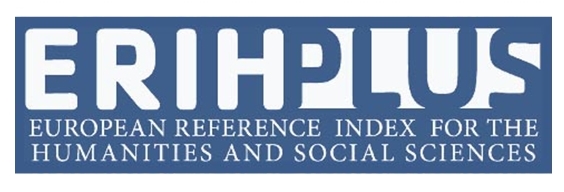Main Article Content
May 8, 2017
Abstract
Entre los hombres que durante este siglo han nacido y vivido en Chile, enfrentado la crisis y dando sendas respuestas a su problemática, hemos elegido dos nombres, Pedro Prado y Marta Brunet y dos obras, respectivamente, Alsino y Soledad de la sangre. Ambos creadores representan dos sensibilidades que se manifiestan tanto en su vida personal, como en su creación literaria. Queremos acercarnos a los dos para que nos enseñen qué les significó la crisis, cómo afectó a sus vidas y cómo se reflejó en sus obras. “Los poetas no tienen biografía. Su obra es su biografía" (Paz, Octavio, 1971, p. 103). Conjugaremos, en consecuencia, la vida y la creación. El hombre es un ser que necesita interpretar su entorno para crear poéticamente su existir en el aquí-ahora. Toda obra narrativa se escribe sobre un espacio en blanco en que se despliega el lenguaje según un ritmo, que tiene un inicio, un desarrollo y un término. Se trata de un mundo sostenido en la palabra, en el cual cada personaje refleja un aspecto existencial de su creador.
No podemos dejar de ver, analógicamente, a Pedro Prado, en ese hombre joven de nombre Alsino, que ansia lo imposible, atado por el peso físico y social de su joroba que lo inclina a lo telúrico; mas su sueño es tomarse ingrávido, ascender hasta los cielos para observar, en su simultaneidad, el día y la noche, el adentro y el afuera; o a Marta Brunet en la protagonista de Soledad de la sangre, quien, con su fonógrafo trae música a sus sueños, la parte espiritual que no tiene cabida en su vida rutinaria, minimizada en gestos repetidos de servir al esposo. ¡Cómo podría un hombre egoísta entender la grandeza y sensibilidad de la mujer, trascendida en el recuerdo de unos ojos que iluminan el amor que soñó, supeditada a la realidad que existe!
Downloads
Policies for open access journals
Authors who publish here accept the following terms: Authors will keep their copyright and will guarantee the journal the right to the first publication of their work, which will be subject to the Licence of Creative Commons acknowledgement, which allows for the use of this material only if the authorship is credited and the original source is acknowledged (the journal’s URL), and if it is not used with commercial ends and with any derivations of the original work.
Authors may adopt other non-exclusive license agreements of distribution of the published version (e.g. to save it onto a digital institutional archive or publish it in a monographic volume) only if the initial publication of this journal is indicated.
It is permitted and recommended for authors to divulge their work on the Internet (e.g. institutional digital archives or webpage) before and during the submission process, which may lead to interesting exchanges and increase the citations of the publication. (See Open Access Effect).






